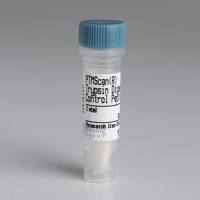The modern version of the Dental Impaction Pain Model (DIPM) was developed in the mid-1970s. Since that time, several hundred
studies have been conducted by numerous investigators. Today it is arguably the most utilized of all the acute pain models.
Its popularity is due to the success rate of the studies, fast subject entry, and cost effectiveness. The surgical procedure
is extremely standardized, and the surgery requires either minimal or no use of CNS depressant anesthetics. The methodology
is similar to that utilized in other acute pain models; however, the DIPM is much more versatile than most other models. The
model can be easily adapted to perform multiple-dose studies, pharmacokinetics/pharmacodynamics (PK/PD) correlations, preemptive
interventions, and sleep-pain studies. A few investigators have even developed microdialysis techniques, wherein they insert
probes into extraction sockets to collect exudates for measuring biochemical mediators of pain or drug levels at the site
of injury. In many instances, an accomplished site can complete a study of several hundred subjects in approximately 3 months.
There are studies in the literature that have incorporated up to six treatment arms in one study and clearly separated the
drugs from each other. The exquisite assay sensitivity is due to the homogeneity of the study population, the predictable
level and appropriate intensity of the postsurgical pain, and the minimizing of variability by using only one or two study
centers. The DIPM has been employed to evaluate NSAIDs (both nonselective and selective Cox inhibitors), opioids and combination
analgesics, as well as some investigational drugs with unique mechanisms of action. The model is particularly useful for proof-of-concept
studies that require dose-ranging and profiling the time-effect curve for efficacy including onset, peak effect, and duration
of analgesic activity.






